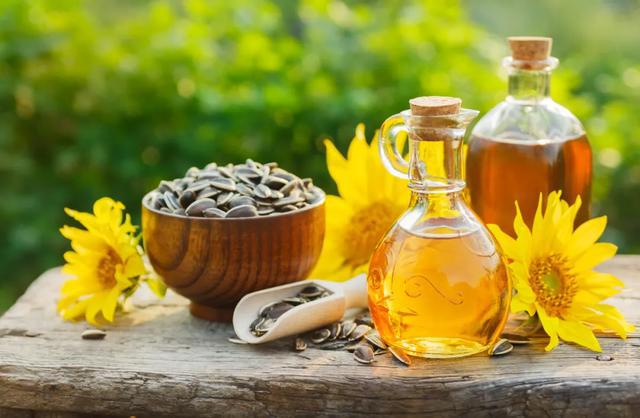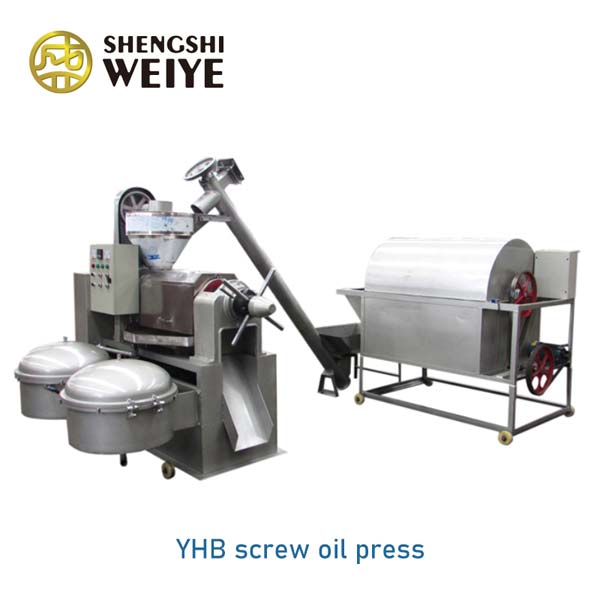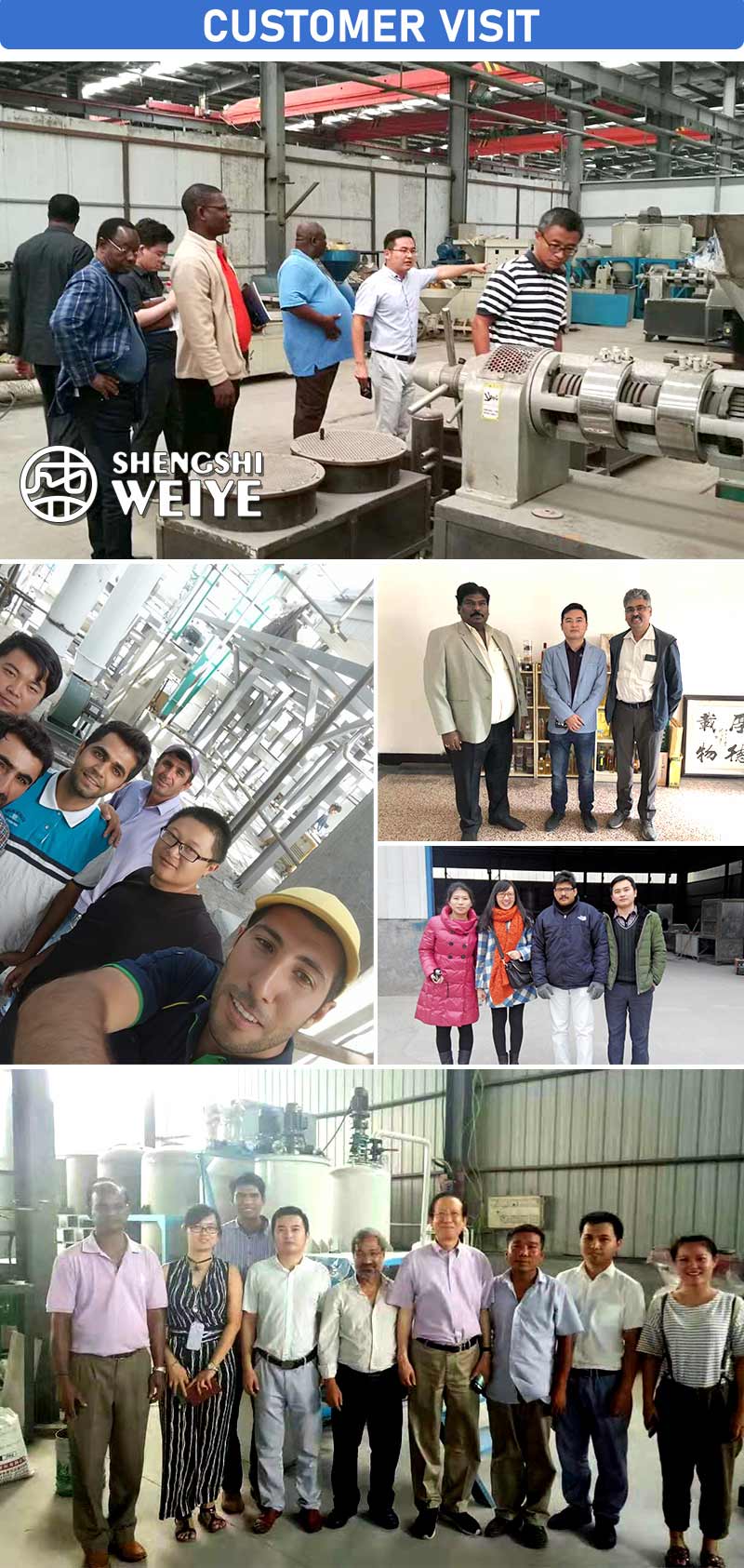Process description of sunflower seed oil: after cleaning, shelling, embryo rolling, steaming, frying and oil pressing in the pretreatment workshop, the crude oil is degummed, deacidified, decolorized, deodorized and dewaxed to obtain refined oil.
Sunflower seed pretreatment and pre pressing complete project
Sunflower seeds are shelled and pre pressed. The sunflower seeds are first cleaned and dried, then homogenized in the steel warehouse for a few days before processing. During processing, they are cleaned and shelled again in the workshop. The moisture content of the dried sunflower seeds is 7-8%, and the hardness and strength of the shell are uniform.
During processing, after screening, wind separation and magnetic separation, the raw materials of sunflower seeds are shelled by shelling machine, and then separated by shell kernel separation screen, or without shelling. The fiber content of sunflower seed meal is high, which can be used as cattle feed. After shell kernel separation, the moisture and temperature of the kernel are adjusted by the softening pot, and then the kernel is rolled by the embryo rolling machine. After steaming and frying in the steaming pan, the kernel is pre pressed by the screw pre press. The crude oil is filtered and sent to the refining plant.
The process of degumming, deacidification, decolorization and deodorization of sunflower seed crude oil is similar to that of soybean oil. After dewaxing, sunflower seed crude oil can reach the national first-class oil standard.
Process flow: crude oil → degumming → decolorization → filtration → deoxidization → heat exchange → heating → deacidification and deodorization → heat exchange → cooling → crystallization → crystal cultivation → filtration → product oil
Process Description: after the crude oil is preheated, light alkali is added to make the gum impurities and some free fatty acids in the oil form soap feet, and then the soap feet are separated. Then hot brine is added to the oil for washing, and the soap washing water is separated. After one or two times of the same washing, the degumming is completed. The degummed oil enters into the decolorization process, and the activated clay is added to decolorize in the decolorization tower, and then pumped into the blade filter for filtration. The filtrate is polished and then enters the next process. After the blade filter is dried, the waste clay is discharged through vibration. The decolorizing oil pump is pumped into the gas separator for vacuum deoxidation, and then the oil-oil heat exchanger is pumped to preheat the deodorized oil for heat exchange. When the oil is heated to about 250 ℃, it enters the combined deacidification and deodorization tower for deacidification and deodorization under high vacuum, so as to remove the fatty acid, odor and other volatile substances in the oil to the maximum extent, The mixed steam of fatty acid is discharged from the top of the tower, enters the fatty acid capture system and is sold after capture. The oil is pumped from the bottom into the heat exchanger to exchange heat with the deodorized oil, and then cooled to obtain deodorized oil. The deodorized oil is cooled and crystallized in the crystallizing tank, and then transferred to the crystallization stage. The crystallized and crystallized oil is pumped into a filter to separate wax and grease to obtain the product oil.
Main equipment: centrifuge (or refining pot), decolorizing tower, vane filter, bag filter, combined deacidification and deodorization tower, spiral plate heat exchanger, crystallizer, dewaxing filter, etc






